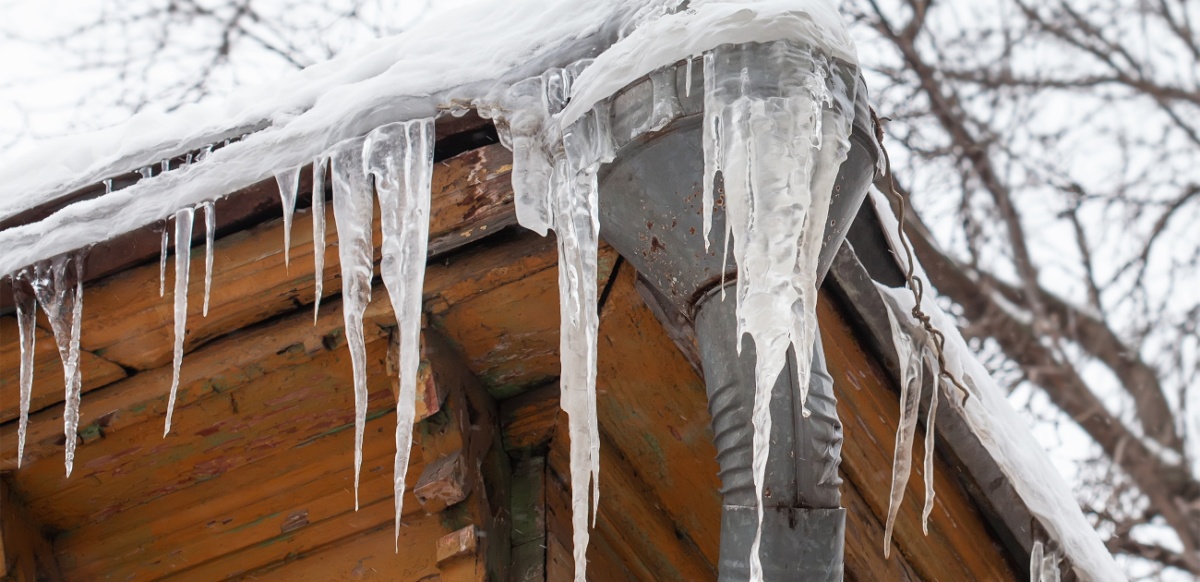Preventing Frozen Pipes: Effective Strategies for Cold Weather
Preventing Frozen Pipes: Effective Strategies for Cold Weather
Blog Article
The content in the next paragraphs pertaining to Helpful Tips to Prevent Frozen Pipes this Winter is highly entertaining. You should take a peek.

Cold weather can wreak havoc on your pipes, especially by freezing pipelines. Right here's how to prevent it from occurring and what to do if it does.
Introduction
As temperature levels decrease, the threat of frozen pipes increases, potentially causing expensive repair services and water damages. Comprehending just how to stop icy pipelines is vital for home owners in chilly environments.
Recognizing Frozen Pipes
What causes pipes to freeze?
Pipes ice up when revealed to temperature levels below 32 ° F (0 ° C) for extended durations. As water inside the pipes ices up, it broadens, putting pressure on the pipe walls and potentially triggering them to break.
Dangers and damages
Frozen pipes can result in water system disruptions, home damages, and expensive repairs. Burst pipelines can flood homes and create comprehensive structural damages.
Signs of Frozen Piping
Recognizing icy pipes early can stop them from bursting.
Exactly how to identify icy pipes
Look for reduced water circulation from taps, uncommon smells or sounds from pipes, and noticeable frost on revealed pipes.
Prevention Tips
Insulating susceptible pipelines
Wrap pipes in insulation sleeves or use warmth tape to protect them from freezing temperature levels. Concentrate on pipelines in unheated or external areas of the home.
Heating strategies
Maintain interior spaces sufficiently warmed, especially areas with pipes. Open up closet doors to permit cozy air to distribute around pipes under sinks.
Protecting Exterior Pipes
Yard pipes and outdoor taps
Separate and drain pipes yard hoses prior to winter. Mount frost-proof spigots or cover outdoor taps with shielded caps.
What to Do If Your Pipelines Freeze
Immediate activities to take
If you presume icy pipelines, keep taps open up to relieve pressure as the ice melts. Use a hairdryer or towels taken in warm water to thaw pipes gradually.
Long-Term Solutions
Architectural adjustments
Take into consideration rerouting pipelines away from outside walls or unheated areas. Include added insulation to attics, basements, and crawl spaces.
Upgrading insulation
Invest in high-grade insulation for pipelines, attics, and walls. Correct insulation aids maintain consistent temperatures and minimizes the threat of icy pipelines.
Verdict
Avoiding frozen pipelines calls for aggressive procedures and fast actions. By recognizing the causes, indications, and preventive measures, homeowners can shield their plumbing during winter.
5 Ways to Prevent Frozen Pipes
Drain Outdoor Faucets and Disconnect Hoses
First, close the shut-off valve that controls the flow of water in the pipe to your outdoor faucet. Then, head outside to disconnect and drain your hose and open the outdoor faucet to allow the water to completely drain out of the line. Turn off the faucet when done. Finally, head back to the shut-off valve and drain the remaining water inside the pipe into a bucket or container. Additionally, if you have a home irrigation system, you should consider hiring an expert to clear the system of water each year.
Insulate Pipes
One of the best and most cost-effective methods for preventing frozen water pipes is to wrap your pipes with insulation. This is especially important for areas in your home that aren’t exposed to heat, such as an attic. We suggest using foam sleeves, which can typically be found at your local hardware store.
Keep Heat Running at 65
Your pipes are located inside your walls, and the temperature there is much colder than the rest of the house. To prevent your pipes from freezing, The Insurance Information Institute suggests that you keep your home heated to at least 65 degrees, even when traveling. You may want to invest in smart devices that can keep an eye on the temperature in your home while you’re away.
Leave Water Dripping
Moving water — even a small trickle — can prevent ice from forming inside your pipes. When freezing temps are imminent, start a drip of water from all faucets that serve exposed pipes. Leaving a few faucets running will also help relieve pressure inside the pipes and help prevent a rupture if the water inside freezes.
Open Cupboard Doors
Warm your kitchen and bathroom pipes by opening cupboards and vanities. You should also leave your interior doors ajar to help warm air circulate evenly throughout your home.

I was shown that article about Prevent Frozen Pipes from a friend on a different web blog. Remember to pause to promote this entry if you enjoyed it. I enjoy reading our article about Prevent Frozen Pipes .
Call Today Report this page